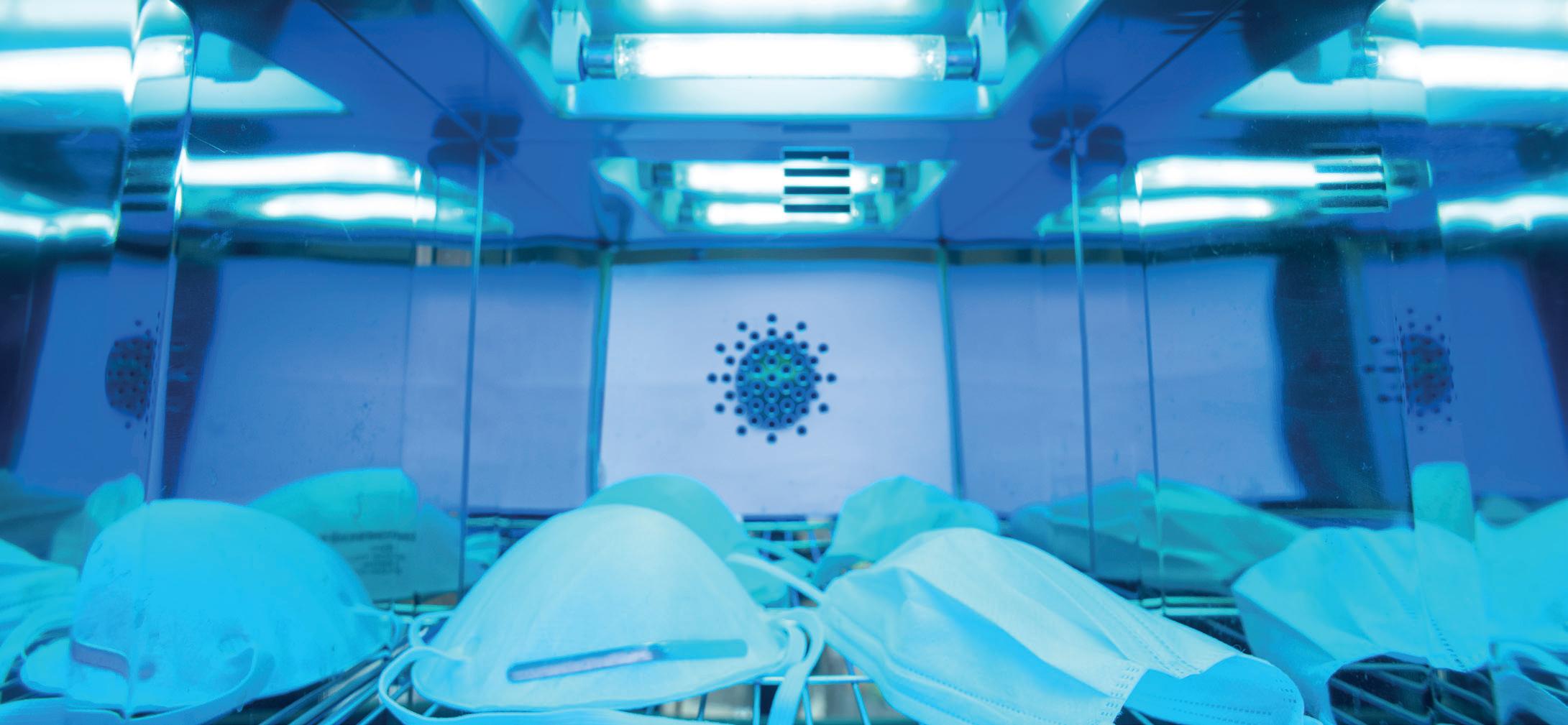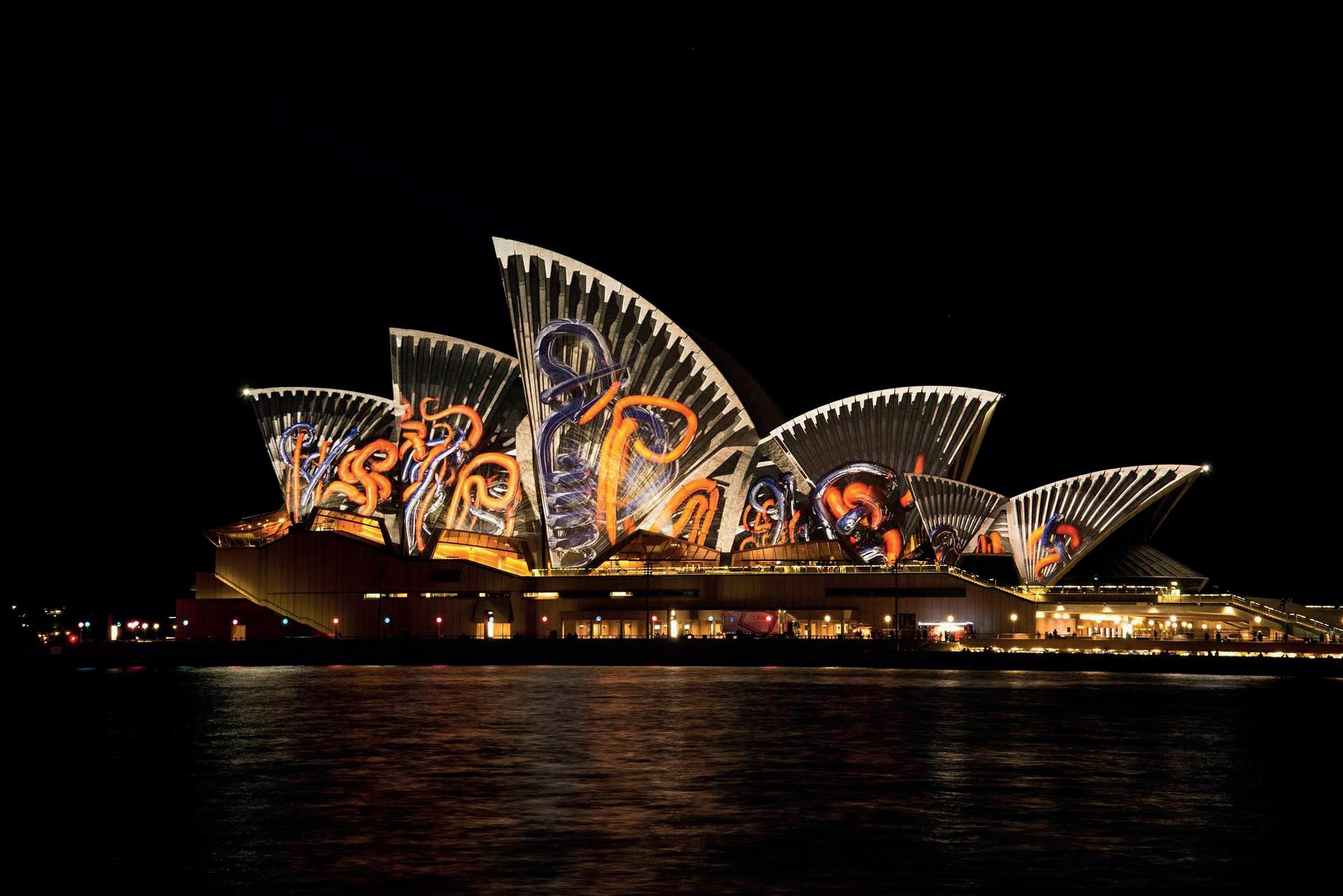News
September/October 2020
THE LATEST NEWS AND STORIES
SCIENTISTS PINPOINT CIRCADIAN WAVELENGTHS
SLL PARTNERS WITH ECS TO CREATE COMPETENCE CARD The SLL has partnered with the Electrotechnical Certification Scheme (ECS) to introduce the Lighting Professional Related Discipline ECS card. Run by the Joint Industry Board (JIB) in England, Wales and Northern Ireland, ECS is the only ID and competence card scheme for electrotechnical operatives recognised by the industry. It allows those working in specialised electrotechnical disciplines, but who do not carry out any electrical installation work, to attend and work on construction sites. Applicants must pass or already have ECS Health, Safety and Environmental Assessment and attend an Electrical Safety Awareness training day and assessment. The card is valid for three years during which time the applicant must remain a member of the SLL. The cost is £40, with additional fees of £40 for the ECS Health, Safety and Environmental Assessment. The Electrical Safety Awareness training day and assessment cost is dependent on the organiser and venue. Application is open to SLL Associate Members (AMSLL), Members (MSLL) and Fellows (FSLL). SLL Affiliates are unable to apply, but have the opportunity to upgrade their membership. 'The construction industry places a huge degree of importance on ECS cards' said Jay Parmar, chief executive of the JIB. The agreement has taken 12 months to bring to fruition. 'The card provides our members with the very practical benefit of being able to access and work on construction sites as a recognised professional,' said SLL president Bob Bohannon. 'This very useful new benefit for SLL members will create safer workplaces for all.' Anyone wishing to apply or who needs more information on becoming AMSLL, MSLL or FSLL should email: sll@cibse.org SLL members who wish to attend or work on construction sites in Scotland should contact the Scottish JIB
ON THE LIGHTER SIDE... Zoom has become ubiquitous during lockdown so not surprisingly it has found its way into a light art installation. Scream the House Down by artist Marcus Lyall was installed in an empty office building in London Bridge before travelling to New York, Hong Kong, Russia and beyond. The coloured light spectacle was triggered by members of the public joining a Zoom call and screaming at the installation. The louder and longer, the bigger the response from the building. Highly cathartic. 'The artwork was a place to direct
4
your frustrations and tensions, without judgement and without affecting the people around you,' said Lyall. www.illuminateproductions. co.uk/screamthehousedown
Scientists at the Circadian Light Research Center in Stoneham, Massachusetts, say they have pinpointed the narrow band of blue light that synchronises circadian rhythms during the day and disrupts them at night. According to their study, published online in June in the Journal of Biological Rhythms, the critical band falls between 438-493nm with a peak at 477nm, which they have dubbed 'circadian blue'. The study used polychromatic rather than monochromatic light. 'Our goal was to define the exact wavelengths of light that trigger the human circadian system in real-world lighting conditions,' said Dr Martin Moore-Ede, a former professor at Harvard Medical School and CEO at Circadian ZircLight, a company that arose from research into human circadian rhythms at Harvard Medical School and the University of Toronto. The 34 study subjects were exposed to a different LED or fluorescent white light spectra for 12 hours each test, during which melatonin levels were measured. 'We found melatonin suppression levels varied widely depending on the light source’s unique spectral characteristics,' said Dr Anneke Heitman, study co-author. 'This data enabled us to isolate the impact of individual wavelengths of light and determine the colour of circadian blue.' Previous research into the spectral sensitivity of the body clock has been carried out in dark-adapted conditions with short exposures to monochromatic lights, said Dr Moore-Ede. 'However, we spend the vast majority of our time in a light-adapted state, exposed to white polychromatic light. Our study reflects how we interact with light in the real-world.' Based on the findings, Circadian ZircLight has built and patented spectrally engineered day and night LEDs, licensing the technology to leading lighting companies. For the full study, go to: https://journals.sagepub.com/doi/ full/10.1177/0748730420923164
sll.org.uk





